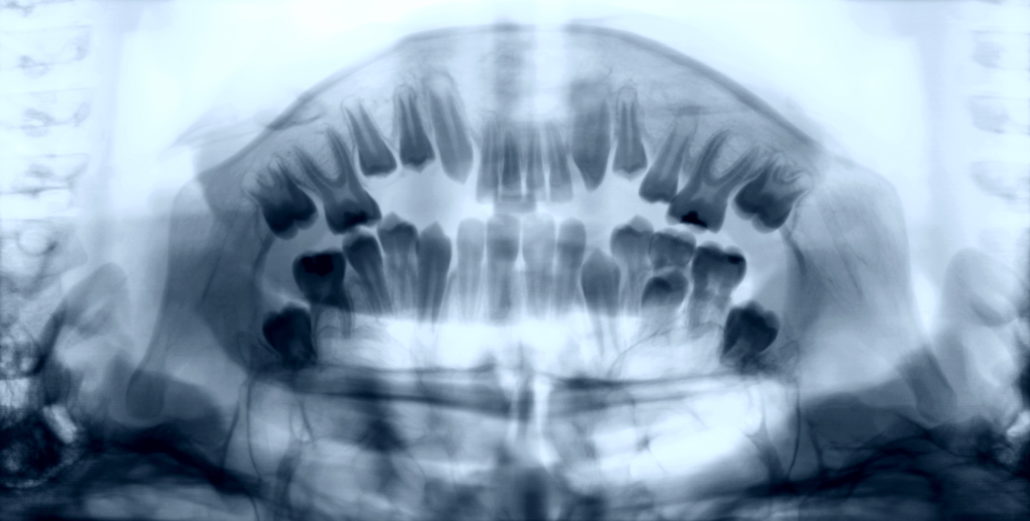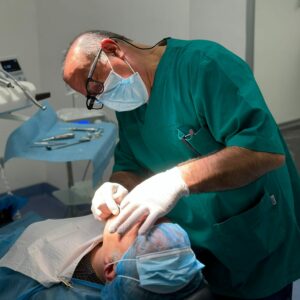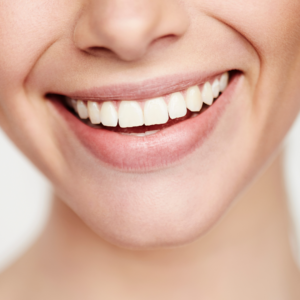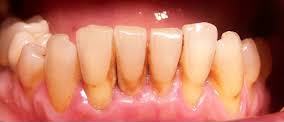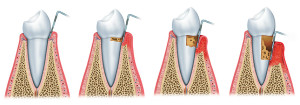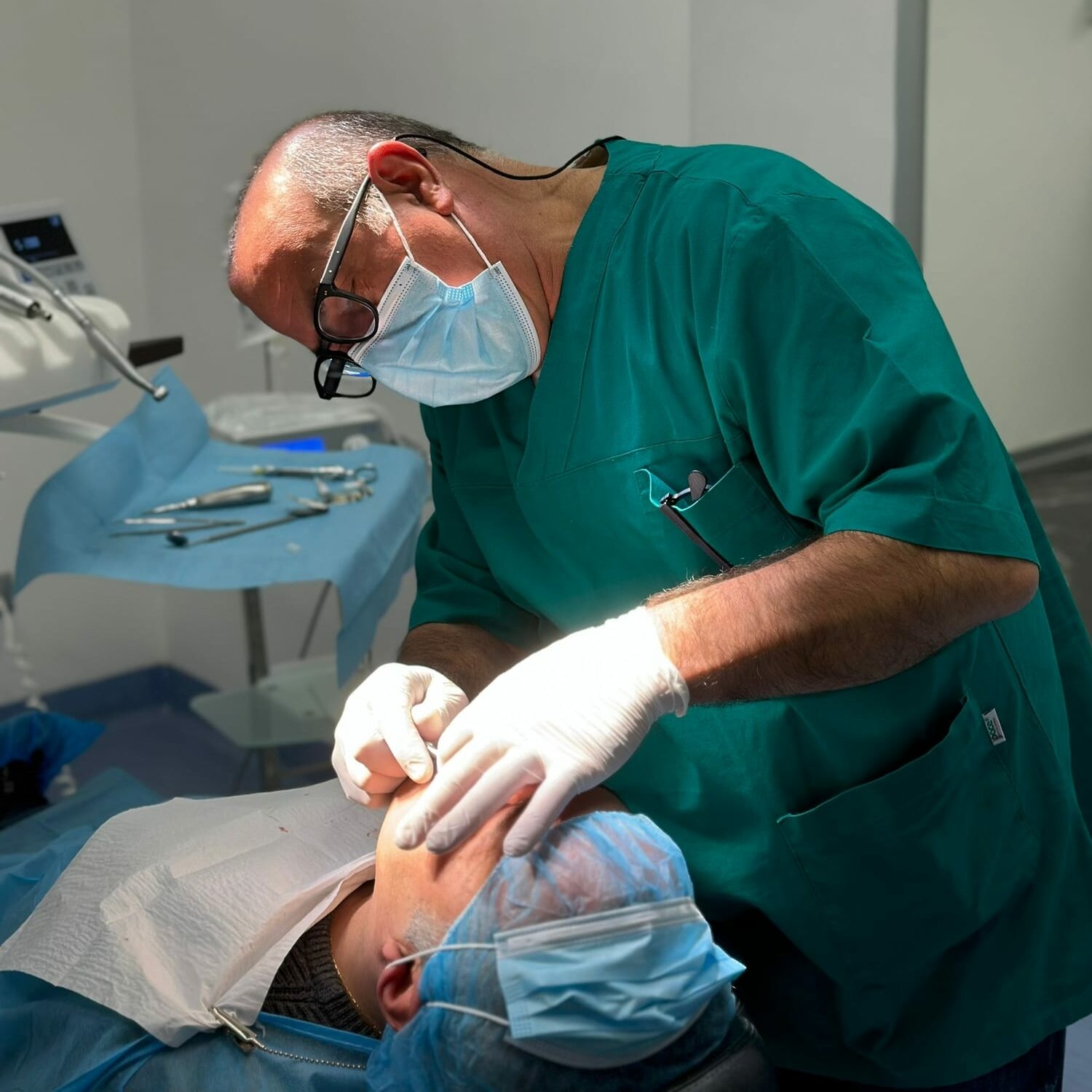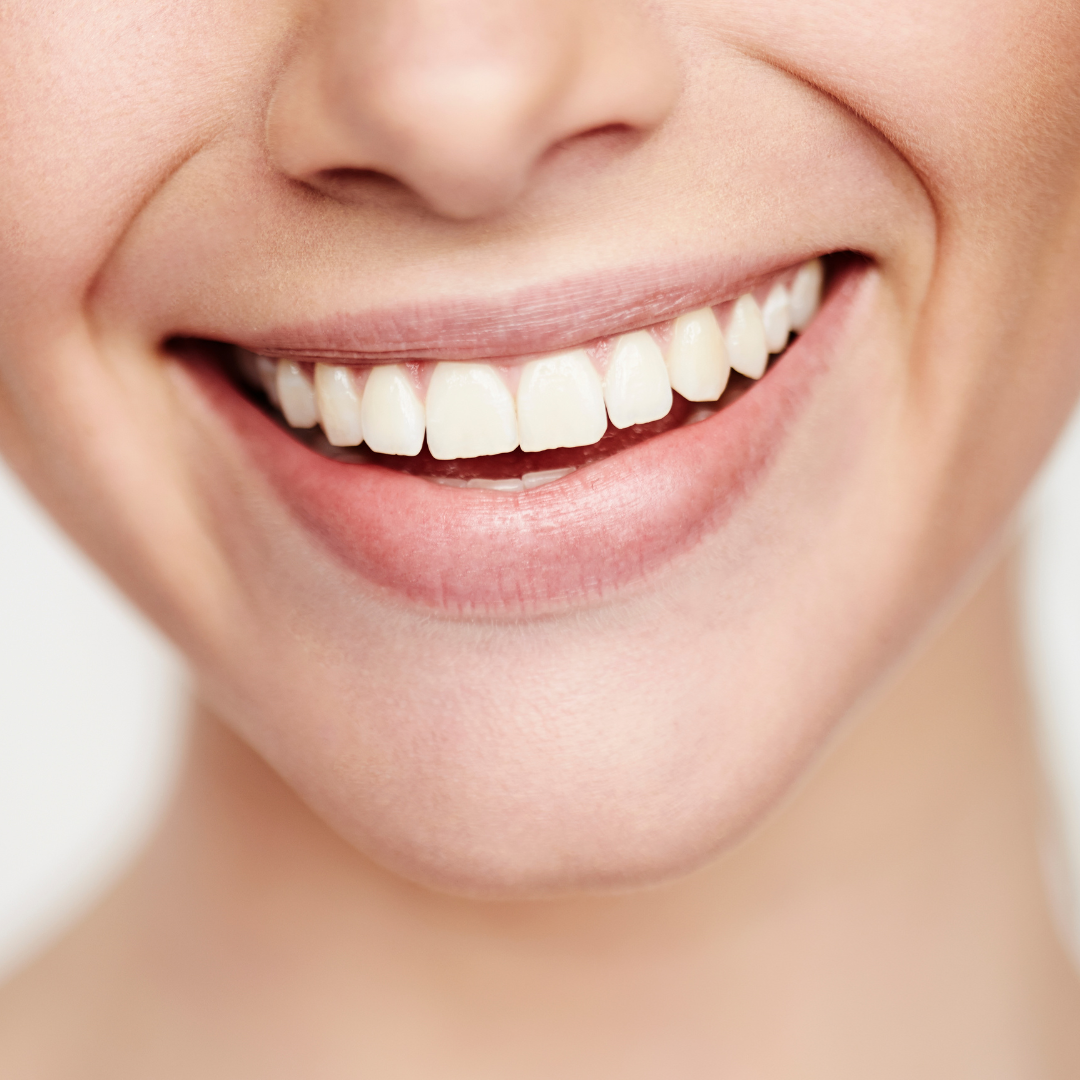Zygomatic implantology and bone grafting are the two alternatives that face the patient in cases of severe maxillary bone atrophy, that is, in cases where the bone is not sufficient to support a classic immediate load implant surgery.
What is the cause of bone atrophy?
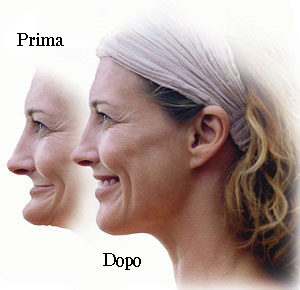 Tooth loss is closely related to the phenomenon of bone resorption. When the teeth fall off the bone that housed the root of the tooth begins to thin because its supporting function is lost, the reabsorption process can go on until the bone is extremely thin.
Tooth loss is closely related to the phenomenon of bone resorption. When the teeth fall off the bone that housed the root of the tooth begins to thin because its supporting function is lost, the reabsorption process can go on until the bone is extremely thin.
Bone resorption is a gradual but certainly not slow phenomenon. The maxillary bone can in fact decrease up to 60% within two or three years from the loss of the tooth.
The only way to stop the resorption process is to immediately insert the implants, but if for any reason you do not act immediately, it is very likely that you will experience bone atrophy.
Bone resorption is not the only cause of bone atrophy, other pathologies, such as periodontitis for example, may also be the cause.
The absence of bone, in any case, does not allow the classic anchoring of the implants, but this does not mean resigning oneself to the impossibility of having fixed teeth, the solutions in fact can be either the bone graft or the zygomatic implantology (for the upper arch).
Bone atrophy: the solution of the bone graft
By bone grafting is meant a complex surgical operation with which a part of bone is taken from the other parts of the body, the hip bone is mainly used, and then grafted into the mouth. Alternatively, synthetic materials can be used. This type of procedure, in addition to being extremely invasive, is also very long. In fact, the patient is forced to undergo therapy which, on the whole, can last up to a year. In addition to the hip operation, the patient, while recovering the quantity of bone useful for the implant surgery, will have to wait at least two months, from the date of the graft, before proceeding with the insertion of the implants. Finally, the success rate of the intervention drops to 80% following bone grafting.
Bone atrophy: the solution of the zygomatic implantology
Zygomatic implantology is the alternative to bone grafting for the upper arch and is certainly the least invasive intervention for those who have problems with bone atrophy. The principle, as the name itself may suggest, is to anchor dental implants directly to the cheekbones. This type of procedure follows exactly that of immediate loading implantology.
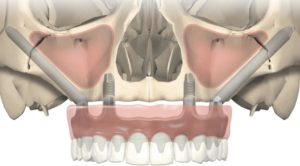 The insertion of the implants takes place in just 24 hours and without particular pain for the patient or at least it is a pain that disappears with the intake of an ibuprofen tablet (as for headache). As simple as it may seem compared to bone graft surgery, it is still a complex operation that must be performed by a dentist with proven experience in the field of implantology and with specific training for zygomatic implantology.
The insertion of the implants takes place in just 24 hours and without particular pain for the patient or at least it is a pain that disappears with the intake of an ibuprofen tablet (as for headache). As simple as it may seem compared to bone graft surgery, it is still a complex operation that must be performed by a dentist with proven experience in the field of implantology and with specific training for zygomatic implantology.
Once the screws are fixed to the cheekbone, the prostheses are screwed in, then the patient will end the session with a new smile.
In our dental center in via Settembrini, 6 in Milan, in the cases of patients with bone atrophy, we are able to perform both operations, but we prefer zygomatic implantology which guarantees greater patient comfort and greater success rates. For this reason, for some time now, our center has been making use of the experience of prof. Francesco Grecchi, one of the leading experts in Italy, with numerous references also abroad, in the field of zygomatic implantology.
Why do we prefer zygomatic implantology in cases of bone atrophy?
- First of all the success rate of the intervention which stands at 98% against 80% of the bone graft.
- Duration of therapy: one session against a procedure that lasts for months.
- The absence of pain and scarring.
To this we want to add a more general consideration, do not resign yourself to a possible diagnosis in which you are informed that due to the absence of bone it is impossible to carry out the implant surgery. Zygomatic implantology is one of the best alternatives, contact us for assistance and to clarify any doubts about it.




